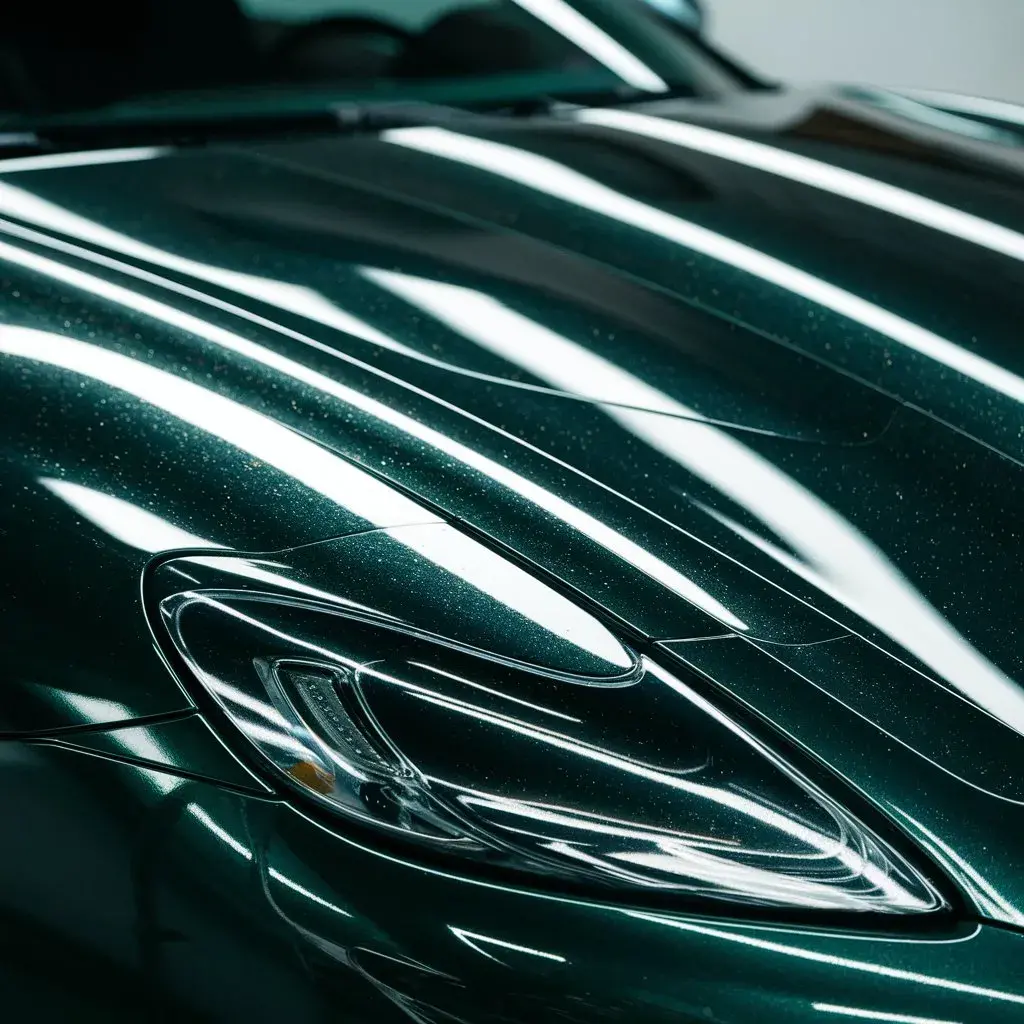Ceramic Coatings Vs. Wax: Which Offers Better Protection for Your Car?

In the realm of automotive paint protection, the debate between the efficacy of ceramic coatings versus traditional wax is a topic of considerable technical interest. Ceramic coatings offer a robust chemical bond to car paint, creating a durable, hydrophobic surface that efficiently resists environmental aggressors, including UV rays and pollutants. Conversely, traditional waxes, while providing a glossy finish, fail to offer the same level of enduring protection and may require frequent reapplication. This discussion invites an exploration of the underlying technology and real-world performance of both options to ascertain which method provides the most effective safeguard for your vehicle’s exterior.
Understanding Ceramic Coatings for Paint Protection
Ceramic coatings, a technologically advanced form of vehicle paint protection, consist of a liquid polymer that chemically bonds with the vehicle’s factory paint, creating a durable protective layer. This sophisticated solution offers a resilience that is notably superior to conventional protections, effectively shielding the paint from varied environmental contaminants such as UV rays, acid rain, and road salts. The molecular structure of ceramic coatings provides a hard, yet flexible, surface barrier that is highly hydrophobic, meaning it repels water and oils, thus reducing the likelihood of stain adherence and etching.
The application process involves a meticulous layering technique, where the coating is evenly applied and then cured to ensure optimal bonding and hardening. This process not only enhances the aesthetic appeal of the vehicle with a glossy finish but also extends the longevity of the paintwork.
As members of a community passionate about maintaining the pristine condition of our vehicles, the integration of ceramic coatings into our care regimen represents a commitment to using cutting-edge technology to preserve our cherished investments. This shared dedication to vehicle care strengthens our bonds as enthusiasts, affirming our belonging in a circle that values excellence and innovation in automotive maintenance.
Exploring Traditional Wax
While ceramic coatings offer modern advancements in protection, traditional car wax, typically derived from natural carnauba wax or synthetic polymers, remains a popular choice for enhancing a vehicle’s aesthetic appeal through its rich, reflective shine. Carnauba wax, known as the ‘queen of waxes,’ is especially valued for its hard, protective properties and its ability to repel water. When applied, this wax provides a layer that not only deepens the color and gloss of the car’s paint but also offers a degree of UV protection and resistance to environmental pollutants.
The process of applying car wax is both a ritual and a technique steeped in automotive tradition. Enthusiasts and car club members alike often prefer wax for its sensory rewards; the application provides a tactile experience that reinforces a sense of connection and care for one’s vehicle. The periodic reapplication necessary with wax also encourages regular vehicle maintenance, fostering a deeper bond between the car and its owner.
However, it’s important to note that while wax enhances appearance effectively, it does not offer the long-term durability or the strong chemical resistance that ceramic coatings do. Therefore, car owners must consider their priorities—whether they value aesthetic enhancement more highly or long-lasting protection.
In conclusion, the battle between ceramic coatings and traditional wax is decisively won by the former. Ceramic coatings offer an impenetrable fortress of protection, shielding vehicles from the relentless assault of environmental aggressors.
Unlike the ephemeral beauty bestowed by wax, the robust armor of ceramic coatings ensures enduring resilience and protection.
Ultimately, for those seeking a guardian against the ravages of time and elements, ceramic coatings emerge as the unequivocal champion of paint protection.